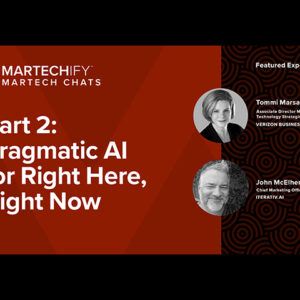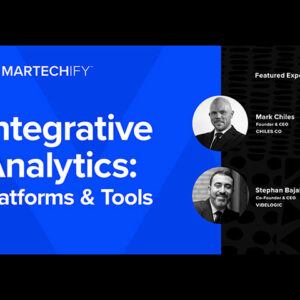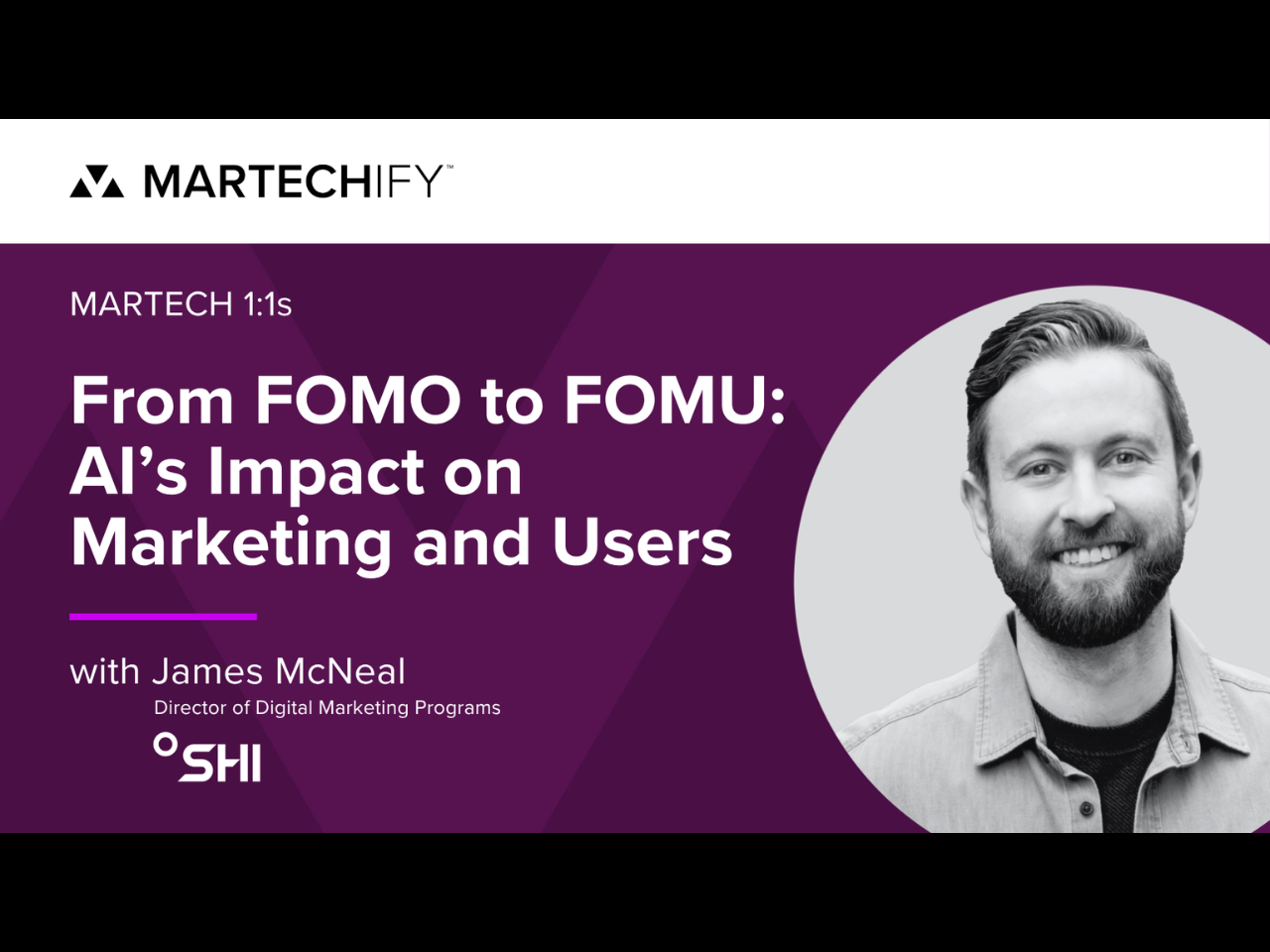Leveraging Intent Data for Actionable Marketing
- Ascend Marketing
- Customer Data Platform (CDP), Data Management and Analytics, Digital Transformation
Data is always a marketing buzzword — either quality or quantity or both. Every organization is aiming to collect as much quality data on their customers as possible. Every marketing team wants to better understand customer needs and expectations and leverage that data into actionable campaigns for conversion and engagement. As data management capabilities increase, so do expectations.
Identifying prospects with intent to buy is the holy grail of data management. Gartner reported that by the end of 2022, more than 70% of B2B marketers were utilizing third-party intent data to segment and target prospects who had demonstrated intent. Keyword searches are one of the most common indicators of intent, and many platforms now import and leverage that data.
It is important to note though that while data is an invaluable resource, it must be sought out and used effectively to make a significant impact. Intent data provides a first-hand view into a consumer’s actions and allows organizations to more effectively communicate with their customers.
What is intent data?
When buyers identify a problem or a need within their lives, they do online research to find a solution. This early research allows them to explore and often narrow down their options before organizations have even had a chance to connect with them. But what if you knew your prospects were researching almost as soon as they started?
Intent data monitors online behaviors to identify an individual’s intent to purchase a particular product or service. That online behavior includes not only keyword searches, but also any engagement with content, competitors, events, influencers, or social media — any activity that indicates pre-purchase research. When intent-data is aggregated and scored, it provides a unique opportunity to be in the right place at the right time with the right message. Acting quickly enables organizations to reach buyers early in their customer journey and guide the decision-making process. Zoominfo reports that 78% of organizations believe intent data-driven marketing produces more conversions.
Why is intent data important?
Given the abundance of data and insights organizations can collect on their customers, the opportunity to develop strong relationships exists. Organizations now have the capability to create a seamless buying experience by addressing customer’s problems with a concrete solution. Intent data can even equip organizations with options for personalized experiences before the decision is made.
The following are some of the use cases for intent data:
- Understand your audience better By capturing behavioral data about your audience, your organization can develop a more holistic view of who your ideal consumer truly is. A Demand Gen Report survey found that 80% of companies say intent data helped with ABM account prioritization. Intent data will also suggest what type of content might match their information needs.
- Shorter sales cycles Your organization will be able to offer better buying journeys to those who need your product or service the most. It will enable you to publish user-specific content that catches the attention of decision-makers and you’ll see improvements in open and conversion rates as well as faster return on investment.
- Increased win rates With the aid of intent data, marketing resources can be focused on active buyers. Research performed by McKinsey found that organizations that leverage customer behavior data to generate behavioral insights outperform peers by 85% in sales growth. Focusing on active buyers allows both the marketing and sales teams to be more efficient with their resources.
Collecting intent data
Content engagement represents a strong signal of buyer intent. This data can be collected in several ways: first-party, second-party, and third-party.
First-party intent data is the first-hand information you collect on your known contacts as well as anonymous visitors. First-party data includes interactions with your organization’s website, emails, and social media channels. This data allows organizations to score leads and plan outreach.
Second-party intent data is acquired from another company such as review sites or publishing networks. This type of data is collected with the consumer’s ostensible knowledge that it will be shared or sold.
Third-party intent data is collected and mined from all over the Internet. The data is sold to organizations through third-party information vendors, many of whom add fee-based filtering or updating capabilities.
Using intent data
Intent data clearly provides valuable insights that allow sales and marketing teams to develop effective go-to-market strategies, advanced and accurate segmentation, and personalized outreach. It can make journey marketing/ABM a precision instrument. Below are some of the ways organizations are using intent data to improve marketing campaigns:
- Dynamically filtering outreach lists for accounts that show an active interest.
- Personalizing outreach with assets that match what the customers are searching for.
- Scoring and prioritizing leads and accounts that demonstrate interest and intent.
- Providing real-time visibility into buying behavior, allowing you to up-sell and cross-sell later.
Intent data can be purchased “in bulk” if you have the analysis tools (like a strong CDP), or many SaaS providers provide an intent-driven window to your data. However you acquire it, leveraging intent data will allow your organization to better understand customers and provide them with the kind experiences they are searching for – right at the moment they are shopping.
Related resources
Want more like this resource? Find helpful links below.













